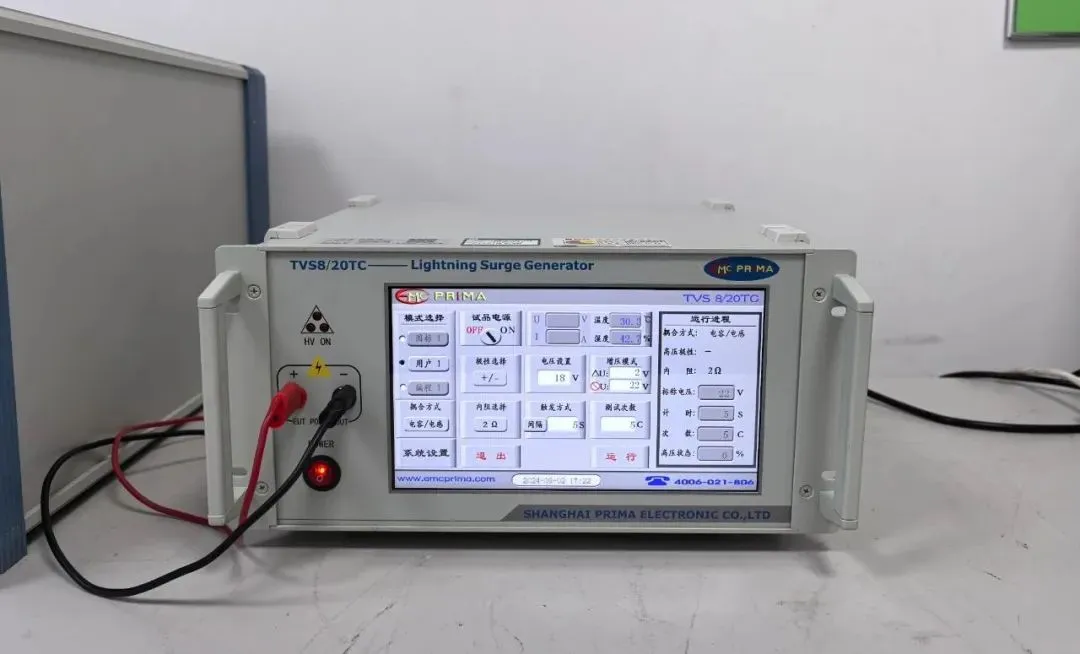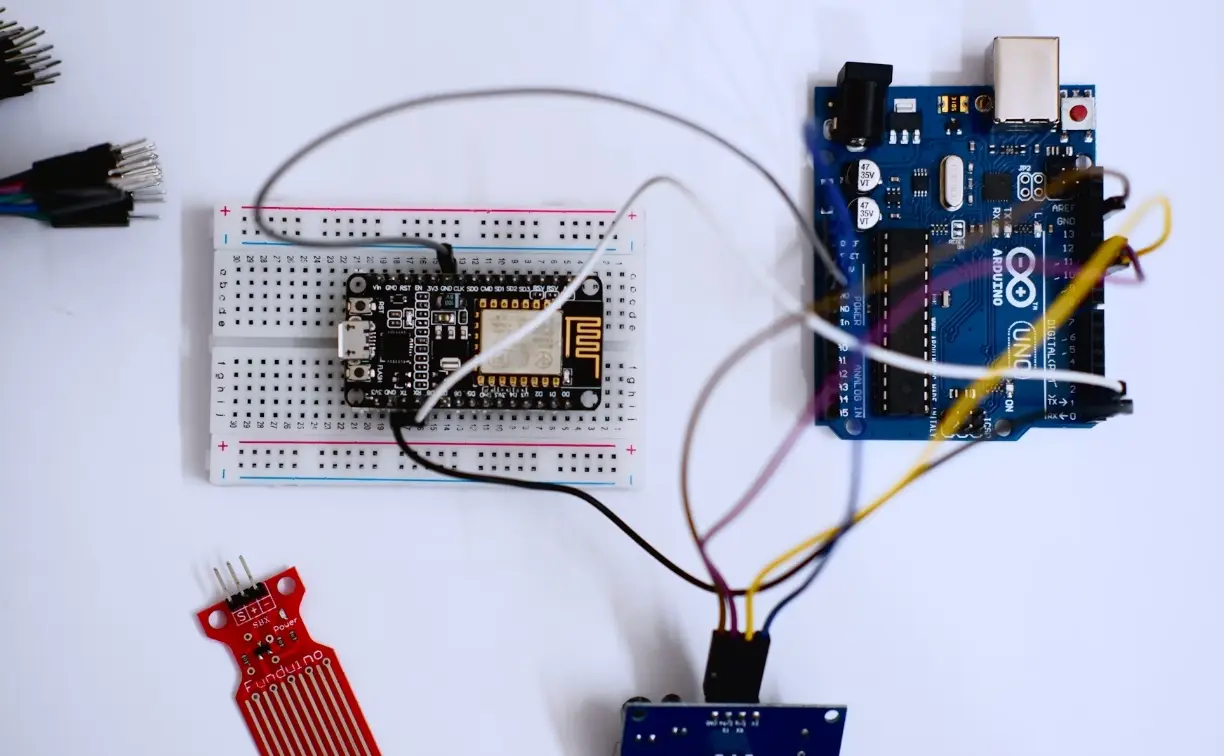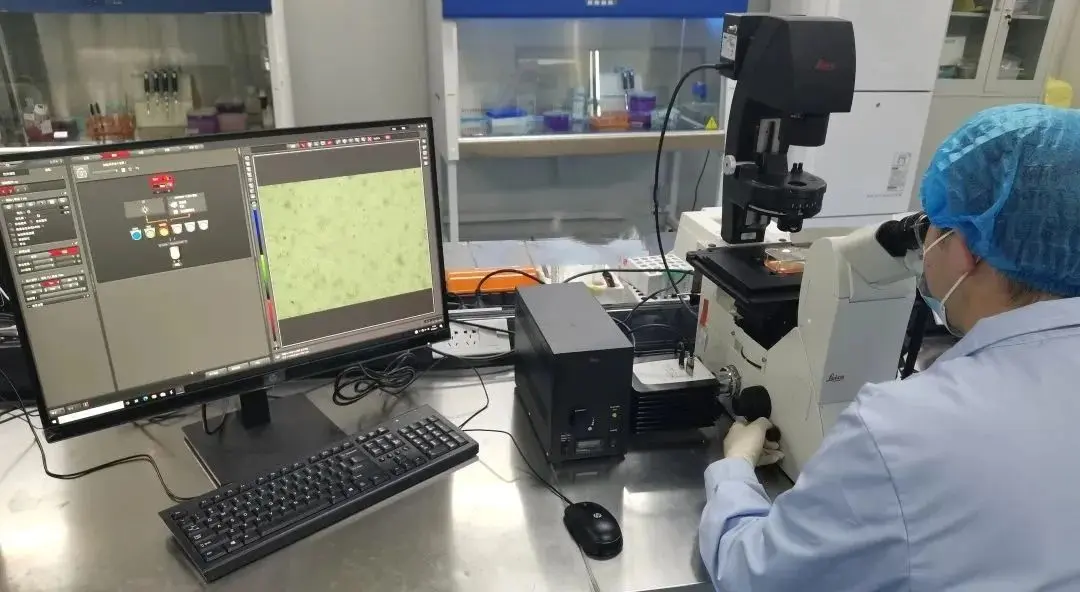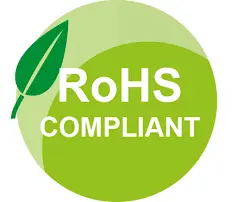
EMC Testing for Robotic Vacuum Cleaners
Electromagnetic Compatibility (EMC) testing is a critical process to ensure that electronic devices do not emit or fall victim to harmfUL electromagnetic interference during normal operation. For smart home appliances such as robotic vacuum cleaners, emc testing is not only a regulatory requirement but also a key factor in enhancing market competitiveness and protecting brand reputation.

As a professional third-party EMC testing organization, JJR has extensive experience and state-of-the-art laboratory equipment. We provide comprehensive and authoritative EMC testing services for robotic vacuum cleaners to ensure compliance with electromagnetic compatibility requirements in global markets.
Concept and Importance of EMC Testing
EMC (Electromagnetic Compatibility) testing aims to assess how electronic devices perform in an electromagnetic environment, including:
- Emission Testing (EMI): Ensures that the device does not emit electromagnetic interference that affects the surrounding environment.
- Immunity Testing (EMS): Ensures that the device can continue to operate normally under external electromagnetic interference.
EMC testing for robotic vacuum cleaners ensures that the product coexists harmoniously in home environments with other electronic devices such as TVs, Wi-Fi routers, and smart speakers, avoiding signal interference and performance degradation.
Characteristics of the Test Sample: Robotic Vacuum Cleaners
Robotic vacuum cleaners are smart home devices equipped with multiple wireless communication features (e.g., Wi-Fi, Bluetooth), electric motors, motorized brushes, and batteries—components with high power output. These characteristics make them a product type that requires focused EMC testing. Applicable sample types include:
- Smart robotic vacuum cleaners (with wireless communication modules)
- Traditional robotic vacuum cleaners (without wireless communication modules)
EMC Testing Items and Requirements - U.K. TESTING & CERTIFICATION
1. Electromagnetic Emission Testing (EMI)
- Conducted Emissions (CE): Measures electromagnetic interference transmitted through power lines.
- Radiated Emissions (RE): Measures electromagnetic interference radiated through space.
- Power Harmonics: Assesses harmonic current components generated when using AC power, per IEC 61000-3-2.
- Voltage Fluctuation and Flicker: Measures voltage variations during operation, per IEC 61000-3-3.
2. Immunity Testing (EMS)
- Electrostatic Discharge (ESD): Evaluates the device’s ability to withstand static electricity from human contact.
- Radiated RF Electromagnetic Field Immunity (RS): Tests device resilience in high electromagnetic field environments.
- Electrical Fast Transient (EFT): Assesses device resistance to fast transients on power lines.
- Surge Immunity: Evaluates device protection against power surges typically caused by lightning.
- Conducted RF Immunity (CS): Tests the device’s immunity to conducted interference on power and signal lines.
EMC Testing Methods Explained - U.K. TESTING & CERTIFICATION
1. Conducted Emission Testing (CE)
- Use of a conducted emissions test receiver and an Artificial Mains Network (AMN) to measure disturbances on power lines.
2. radiated emission testing (RE)
- Performed in an anechoic chamber using antenna measurement systems to evaluate radiated interference.
3. Electrostatic Discharge (ESD) Testing
- Simulation of human touch using an ESD generator to assess the device's static discharge tolerance.
4. Radiated Immunity (RS) Testing
- Use of a radio frequency signal generator and power amplifier in a semi-anechoic chamber to generate strong RF fields for immunity testing.
EMC Standards and Regulations for Robotic Vacuum Cleaners - U.K. TESTING & CERTIFICATION
EMC testing for robotic vacuum cleaners must comply with standards and regulations across major global markets, including:
International Standards:
- CISPR 14-1:2016 (EMI requirements for household appliances)
- CISPR 14-2:2015 (EMS requirements for household appliances)
- IEC 61000-3-2:2018 (Limits for harmonic current emissions)
- IEC 61000-3-3:2013+A1:2017 (Voltage fluctuations and flicker)
China National Standards:
- GB 4343.1:2009 (EMI requirements for household appliances)
- GB 17625.1:2012 (Limits for harmonic current emissions)
US & European Standards:
- fcc part 15B (U.S. certification for electronic devices)
- ICES-003: Issue 6 (Canadian standard for electronic devices)
Process for Obtaining emc test reports for Robotic Vacuum Cleaners
1. Initial Consultation: Customer provides the testing items, applicable standards, and product specifications.
2. Evaluation and Quotation: Quotation based on test scope, sample quantity, and specific requirements.
3. Submission of Application: Customer submits a test application form specifying target standards and markets.
4. Payment and Sample Submission: Customer completes payment and provides sufficient samples and technical documentation.
5. Testing Arrangement: Testing is carried out according to relevant standards and data is recorded.
6. Report Issuance: A formal test report is compiled and deliveRED to the customer, including detailed EMC performance and compliance evaluation.
Email:hello@jjrlab.com
Write your message here and send it to us
 METI and PSE Certification for Japanese Electrical
METI and PSE Certification for Japanese Electrical
 Electric Frying Pan CE Certificatio
Electric Frying Pan CE Certificatio
 Electronic Products EMC ESD Test
Electronic Products EMC ESD Test
 Bluetooth/WiFi Product FCC ID Certification Proces
Bluetooth/WiFi Product FCC ID Certification Proces
 How to Know If My Product Needs Prop 65 Warning
How to Know If My Product Needs Prop 65 Warning
 SVHC Compliance Services
SVHC Compliance Services
 Toxicological Risk Assessments
Toxicological Risk Assessments
 European REACH Requirements for a New Product
European REACH Requirements for a New Product
Leave us a message
24-hour online customer service at any time to respond, so that you worry!




